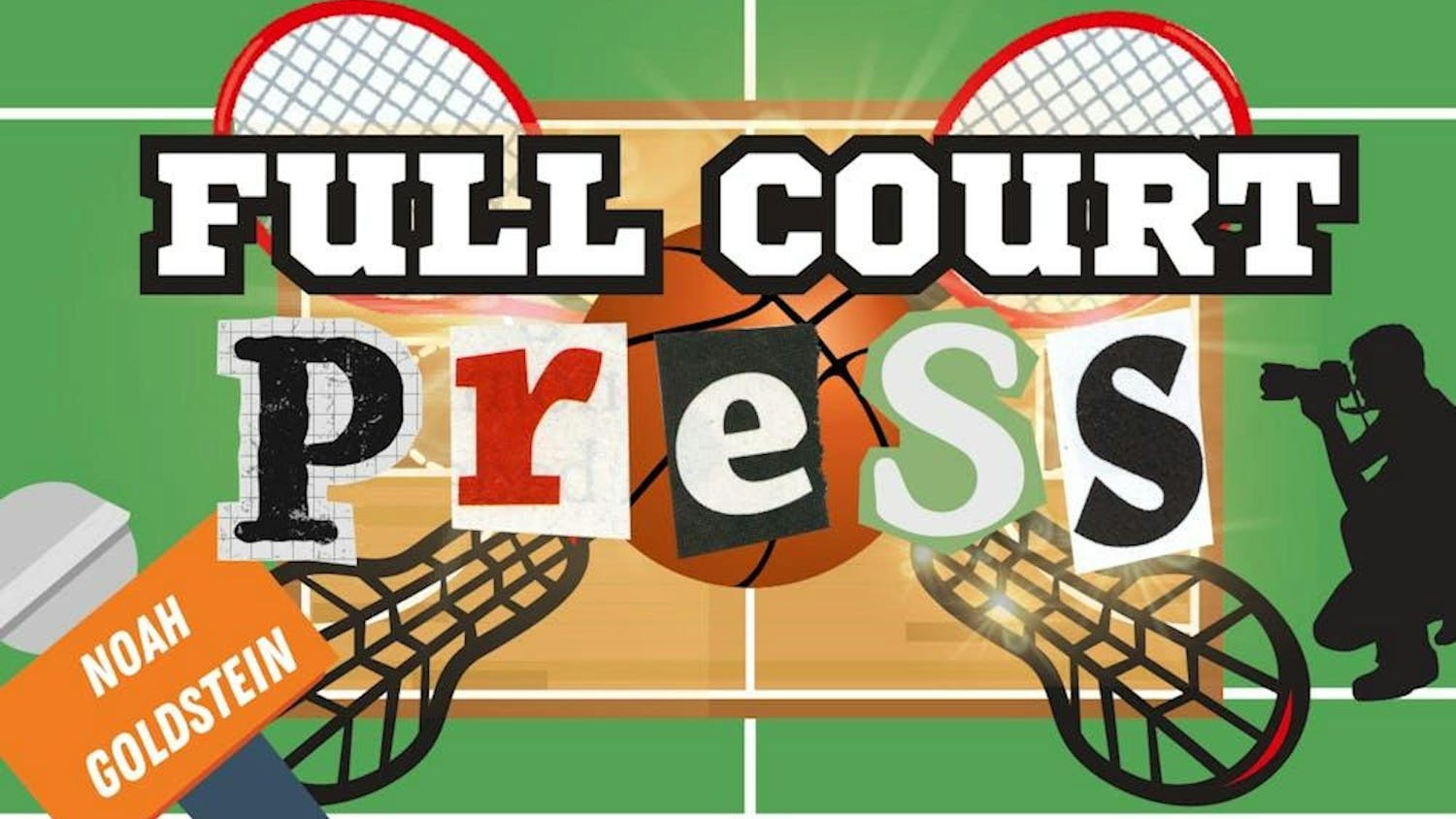Nobody knows exactly how many languages there are, and we probably never will. The best we can do is estimate. Most counts put the number somewhere between 6,500 and 7,000.
It’s a bit like trying to measure a coastline — another task which seems simple at first but is in fact quite complicated. Coasts are not straight lines. They have bays and inlets and peninsulas and river deltas. The more one tries to measure the shore accurately — quantifying every divot, curve, rock or grain of sand — the longer the measurement becomes, all the way up to infinity. So, we have to estimate.
Languages are like this, too. The more we try to quantify their exact boundaries, the more our tools for making these measurements break down. Part of the difficulty is that linguists have no consensus on what makes a language distinct. When is a way of talking a language and not a dialect? The most famous answer to this question is that of Yiddish scholar Max Weinreich: “A language is a dialect with an army and navy.”
It’s not very scientific, but it is accurate. The distinction between a language and a dialect is inherently arbitrary. The distinction between different languages, even, is often arbitrary. The way languages are classified is an expression of political power.
Take, for example, African-American Vernacular English (AAVE) in the United States. AAVE is often mischaracterized as bad grammar, when it actually follows its own unique rules and stems from a cultural tradition just a rich as that which spawned today’s “standard” English. AAVE’s characterization as, at best, a dialect, and at worst, uneducated speech is an expression of the dominant group’s power.
Looking abroad, the line between language and dialect breaks down further. In northern India, many local languages are classified in the census under Hindi. Some, like Bhojpuri, are linguistically distinct. Take the phrase “What is your name?” In Hindi it’s tumhara naam kyaa hai, while in Bhojpuri it would be tohar naav kaa ha. They are different, but not so different that one could draw a clear boundary between them. They are mutually intelligible, after all.
Yet in other political contexts, mutually intelligible languages are considered distinct. Norwegian, Swedish and Danish are so similar that speakers of one can converse comfortably with speakers of the others. You could call them dialects, then, but dialects of what? They are not necessarily separate languages, but they do belong to separate nation-states — hence the classification.
The way we think about such national languages is quite new. Just a few centuries ago, French was just one of many local languages spoken across a language continuum. At the time of the Revolution, only a small minority actually spoke French. It was only in the construction of republican national identity that the language became universal.
Language resists classification. It's too ambiguous. When we classify the ambiguous, we are attempting to exert power over it. Perhaps we would be better off accepting ambiguity, rather than suppressing it — acknowledging that the lines we draw between us are nothing more than that. They are neither natural nor permanent.
More from The Tufts Daily
Forgotten Fronts: Making a case for DAANES governance
By
Alexander Degterev
| November 25
Full Court Press: Trump is ruining combat sports
By
Noah Goldstein
| November 22





